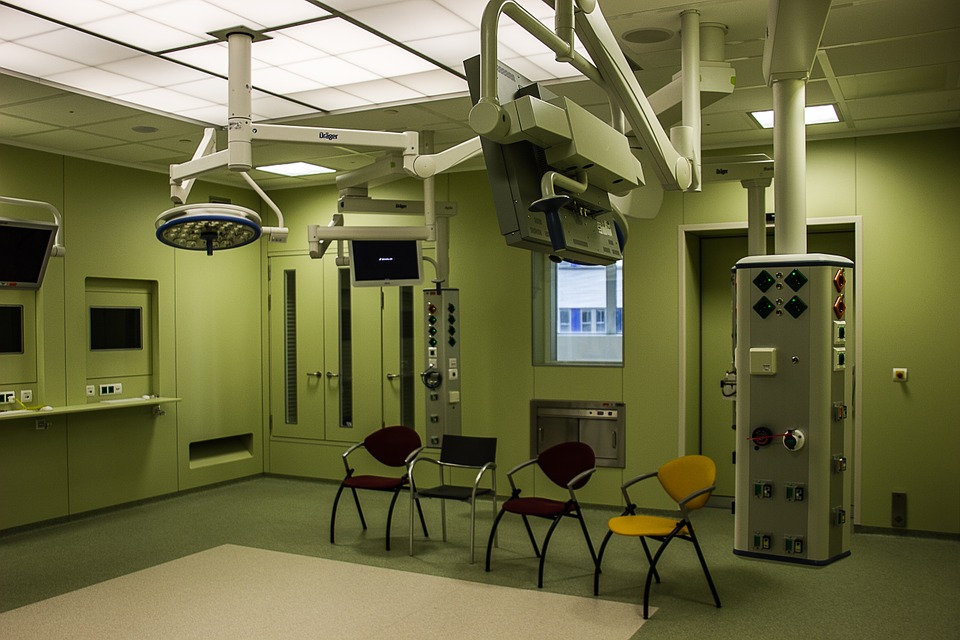6 Ways Medical Facilities Can Control the Spread of Infection
When it comes to infections, hospitals, and medical offices or facilities can be a hotbed for spreading them. As you can imagine, this is a point of concern for all healthcare providers and the need to minimize the risk of a contagion spreading is critical. Often there are patients with weak immune systems and older patients who are very susceptible to getting an infection. To prevent them from spreading, especially when it comes to bacteria, it is important to use a good hand soap such as Hibiclens or another option that kills viruses and bacteria.

There are several things that medical facilities can do to help prevent the spread of infection so that the patient can heal and the risk of spreading will be minimized. It can be very hard to control an infection, especially one caused by bacteria. Often these microbes are resistant to medicine and can linger with a patient for a long time. Cleanliness is important in the medical field and even more so when it comes to the hands of providers and doctors.
Here are some more ways facilities can control the spread of infection:
1. Wearing Gloves
Any person working in a healthcare facility should be using gloves when interacting with patients. This keeps the hands of the healthcare worker clean and keeps the patient safe from outside bacteria or debris. Wearing gloves will also minimize the risk that the practitioner will contract an infection or sickness as well.
2. Follow Guidelines
This seems like a simple one but it is often overlooked. Guidelines, particularly those in place in medical facilities, are there to help prevent infection spreading. There are guidelines in place for interacting with patients and wound cleaning etc. that should be followed. Those guidelines will help you outline ways you can prevent a disease from spreading in patients and is often a good reminder of things we should remember on a day to day basis.
3. Hand Hygiene
Doctors, nurses, and all others who work in the healthcare facility or doctor’s office should be regularly washing their hands with a hospital grade cleaner as I mentioned before. I mention it again because it is one of the most straightforward and important ways you can help control the spread of infection in your patients. Clean hands mean that would care will be clean and tidy and the patient can be on their way to healing.
4. Review Documents and Charts
Another simple one but a good reminder to check background information of your patients. For instance, if your patient has a particular infection, they may have had it before and you can analyze what medicine may or may not work for this patient. This will be instrumental in preventing the spread of them.
5. Gowns
Hospital gowns can allow a patient a sanitary way to be comfortable. When it comes to infections, they can be susceptible to any bacteria that may enter. To cut down on those odds, I would encourage you to utilize gowns whenever possible for patients. This keeps a standard of cleanliness and gives your patient the best shot at healing.
6. Patient Placement
If your patient is dealing with an infection, it is important to keep in mind where you put them in your facility. You will not want to put them near a patient who may get sick very easily and you will not want to place them next to someone else with a compromised immune system, as they may make the other person worse.
I hope this has been helpful and that you can use this guideline to assist patients in your facility!


